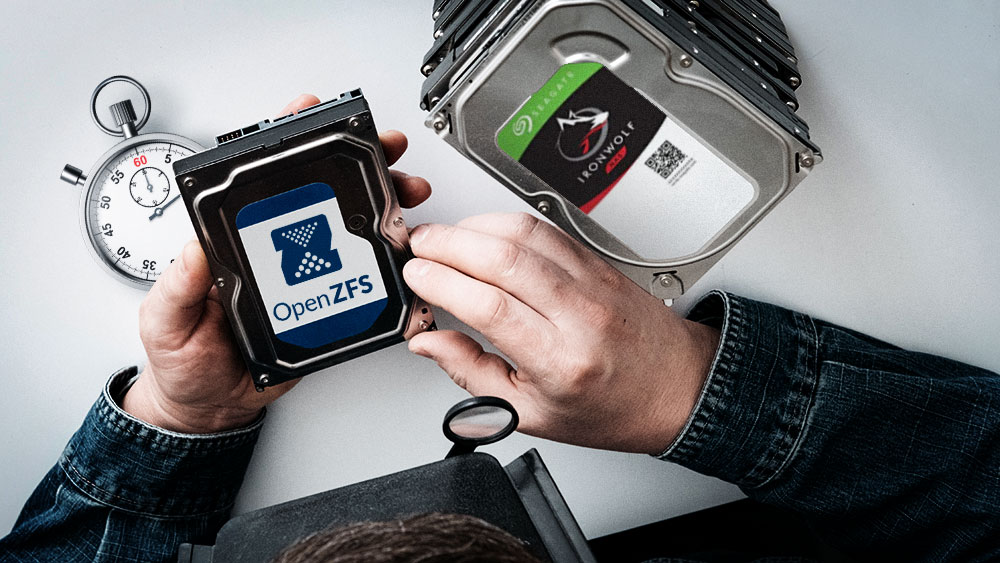specs :
RAIDZ2
12 x Seagate IronWolf Pro 10TB nas - in one big pool
HP DL380e G8i dual 8 core xeon E5-2450 14 bay LFF
HP H220 9205-8i 2-Port SAS 6GB PCI-E 3.0 x8 HBA Host Bus Adapter Card
Solarflare SFC9100 Flareon 7000 Series dual 10Gb nic
TrueNAS-12.0-U5
Hi I'm building / testing a new storage server and experiencing disappointing read performance - e.g. 300MB/sec.
I believe the drives should deliver about 180MB/sec reads. With 12 drives I would expect some multiples of that when reading chunky 10GB files but I am only getting about 300MB/second. This is tested by cat'ing the file on the server itself - not over the network.
I found this which does highlight potential slow read on raidz2 but 300mb/sec is still disappointing

 arstechnica.com
arstechnica.com
My problem is I am not sure what to expect - what read performance should I expect with a 12 drive raidz2 pool ?
RAIDZ2
12 x Seagate IronWolf Pro 10TB nas - in one big pool
HP DL380e G8i dual 8 core xeon E5-2450 14 bay LFF
HP H220 9205-8i 2-Port SAS 6GB PCI-E 3.0 x8 HBA Host Bus Adapter Card
Solarflare SFC9100 Flareon 7000 Series dual 10Gb nic
TrueNAS-12.0-U5
Hi I'm building / testing a new storage server and experiencing disappointing read performance - e.g. 300MB/sec.
I believe the drives should deliver about 180MB/sec reads. With 12 drives I would expect some multiples of that when reading chunky 10GB files but I am only getting about 300MB/second. This is tested by cat'ing the file on the server itself - not over the network.
I found this which does highlight potential slow read on raidz2 but 300mb/sec is still disappointing

ZFS versus RAID: Eight Ironwolf disks, two filesystems, one winner
We exhaustively tested ZFS and RAID performance on our Storage Hot Rod server.
 arstechnica.com
arstechnica.com
My problem is I am not sure what to expect - what read performance should I expect with a 12 drive raidz2 pool ?
Last edited:

